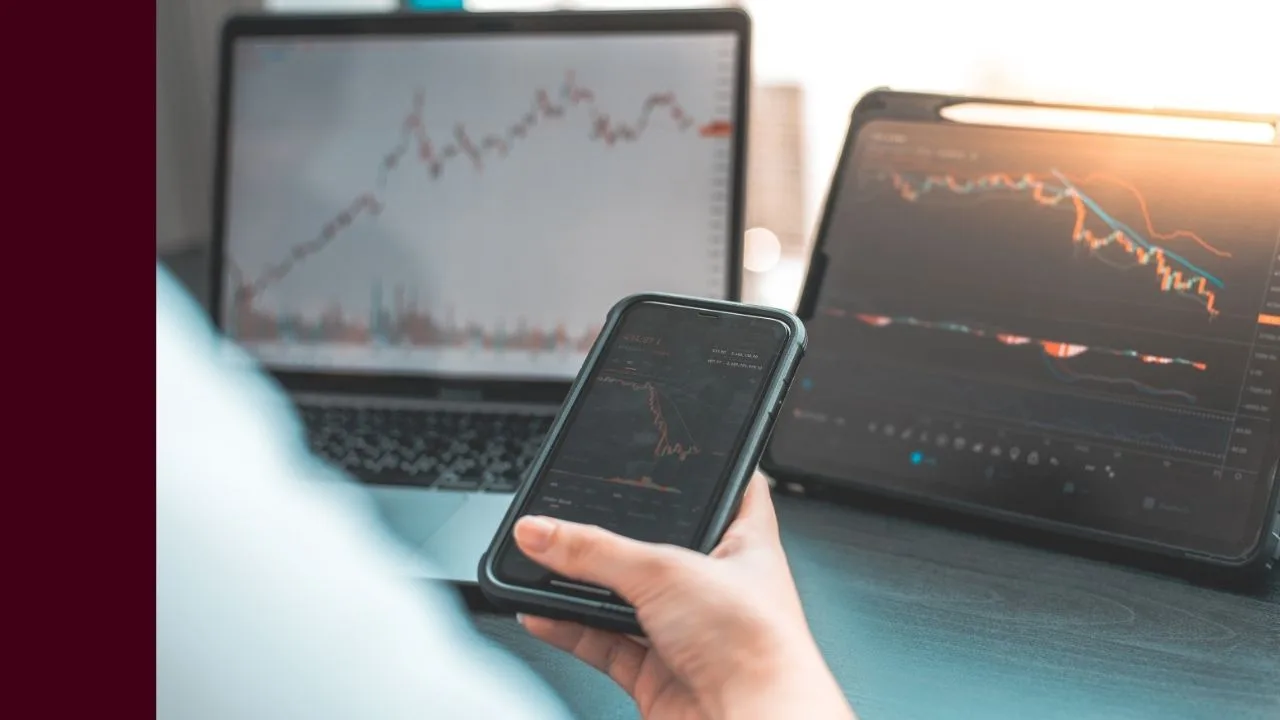A few months ago I talked to Vanguard Australia’s Head of Corporate Affairs, Robin Bowerman, about the benefits of using index funds in a long-term investing strategy.
Here’s the podcast:
Following the passing of legendary investor and Vanguard’s founder, Jack Bogle, last week, social media and traditional media blew up with thanks and praise.
I took the opportunity to praise Jack and show readers how low-cost index fund investing could save Aussies 3, 4, 5 or more years in lost salary at retirement age. That’s the compounded difference between paying 1% or 2% less in fees and achieving decent long run investing performance.
If you’re new, here’s an introduction to Index Funds:
The Elephant In The Index Fund Room
While no-one seems to doubt how positively influential Bogle was for the finance industry globally, the response from some pundits on social media was at times mixed.
Here’s why…
As Robin Bowerman told me a few months back, between 15% and 20% of all shares traded on the Australian share market are likely owned by index funds. In the US, Institutional Investor referenced Morningstar data which suggests over 45% of the money in managed funds are invested in passive strategies.
Among some investors, especially those who tend to invest ‘actively’, one concern seems to be that index funds are creating systemic risks to sharemarkets and maybe even the entire economy.
How so?
Most index funds follow (surprise, surprise) an index, like the ASX 200. As more investors pour money into an ASX 200 index fund (either via ETFs or depositing cash into an unlisted fund) the index fund provider will take the investors’ money and funnel it into the top 200 shares.
While the index fund providers model scenarios to minimise their impact on share prices, some investors blame index funds for the shares of some blue chip companies getting more expensive (i.e. the share price going higher) for no other reason than they’re being bought for index funds.
Take a blue-chip company like MacDonald’s Corp (NYSE: MCD).
Since 2010, its share price has risen nearly 300%, yet its profit per share rose by just 50% between 2009 and its 2017 financial year. Here are some narratives:
- The stretched valuation is simply the result of greater demand from yield-hungry investors
- It’s just a behavioural recovery from the GFC
- MacDonald’s outlook improved so much that investors are willing to pay more for its shares
One or all of them seem plausible.
Some active investors will argue there is a fourth reason this kind of thing is happening: blue chips like MacDonald’s are getting more expensive simply because it is one of the largest US companies and is included in many of the most popular indices. Thus, it shares get bought higher and higher by index funds who are required to buy it for their investors.
To add some science to the debate, Vanguard holds 8.4% of all MacDonald’s shares. Two other index fund providers in BlackRock and State Street own 6.7% and 5.2%, respectively.
Should We Fear Index Funds?
The issue is this: the positive effect index funds seem to have on blue chip share prices could have the opposite effect during a sell-off. Meaning, there’s a chance index funds might accentuate falls in the stockmarket if investors pull their cash from the funds en masse.
Picture a ‘run’ on a bank except the bank is an ETF. In such a scenario, I also wouldn’t be surprised if some ETFs and index funds investing in illiquid assets are temporarily frozen and see their unit prices dislocate from the true value of the assets in their portfolios.
While the risks in such a dire situation could be transient and thus somewhat inconsequential for long-term investors, it may pay to keep your foot in both camps: active and passive, in the right asset classes and environments. That’s what I do.
So in summary, index funds will continue to dominate portfolios but they’re not perfect. Fortunately, I believe active long-term investing, “trading” (as much as it pains me to say it) and quasi-active or “smart beta” investing are here to stay.
I’ll continue to invest directly in shares and index ETFs (across shares and other asset classes). That way, I have the best of both worlds!
– Owen
P.S. I bought my first index fund ETF for the Rask Invest model portfolio today! As of 31 December 2018, it sported a 4.7% distribution/dividend yield.
Our Top ETF Idea Of 2019
[ls_content_block id=”14948″ para=”paragraphs”]








